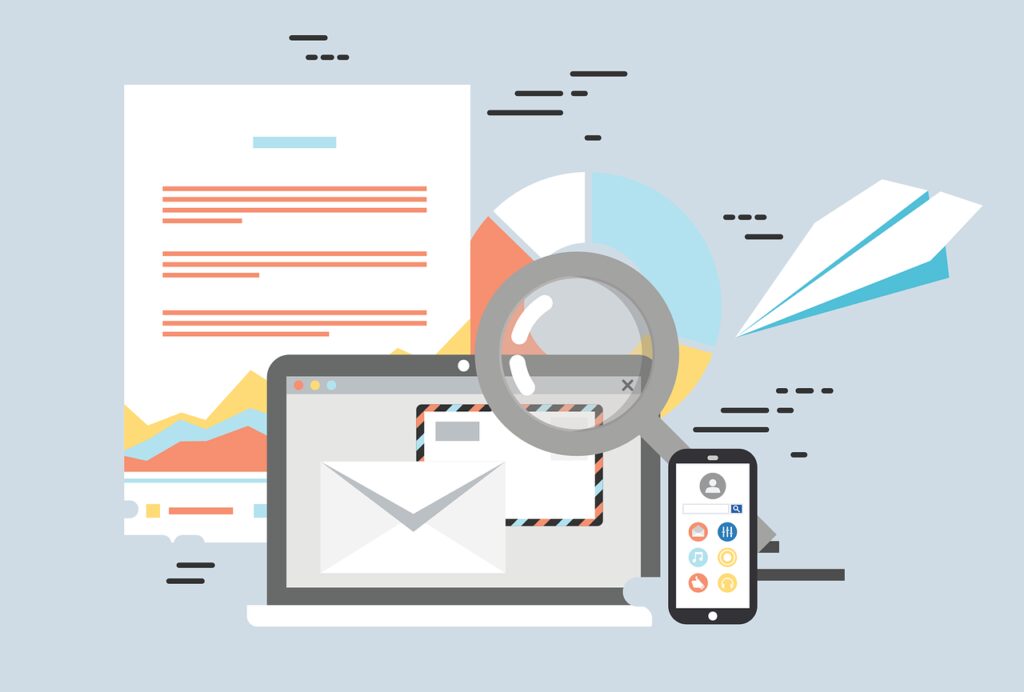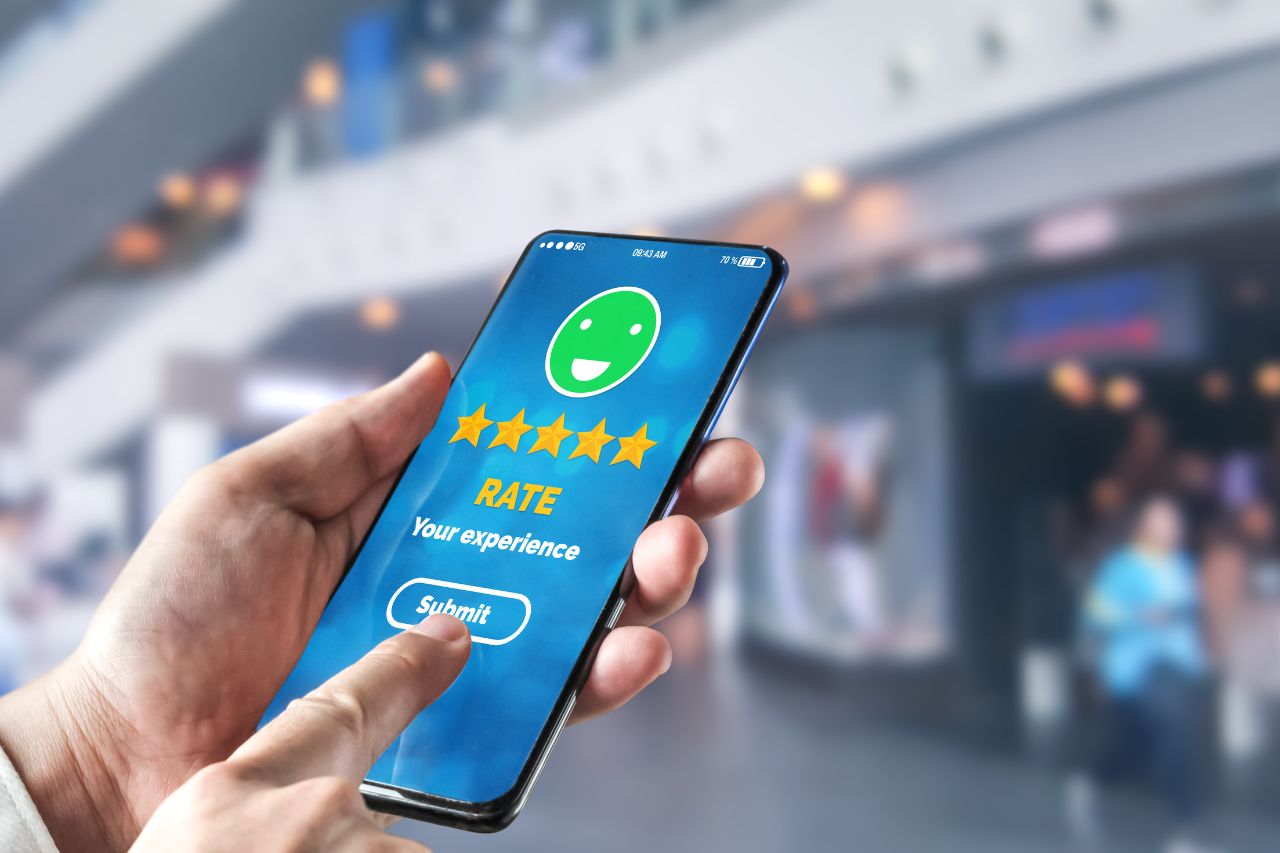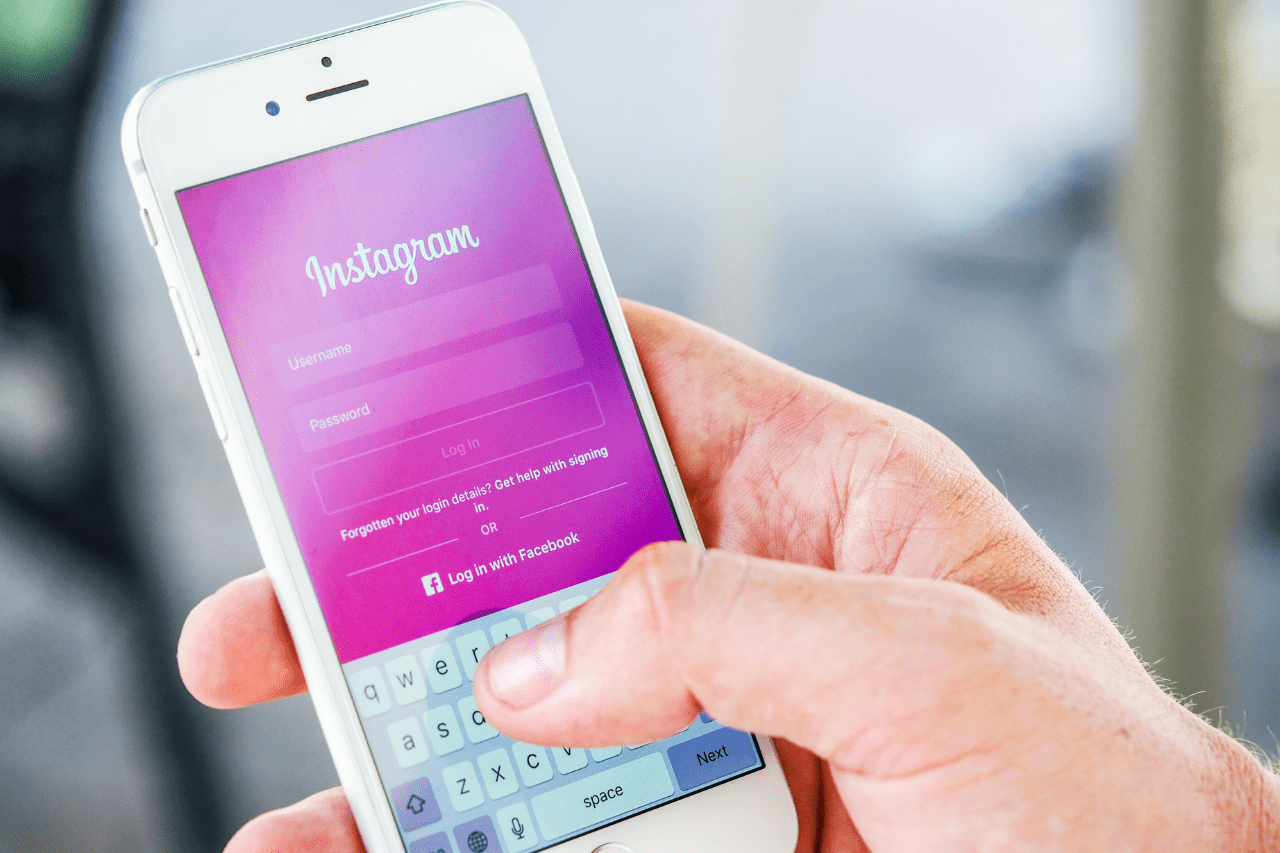Email marketers can utilize relationship emails as part of their email marketing strategies to build brand loyalty and encourage repeat purchases.
2024 will see brands employ advanced personalization techniques to implement advanced personalization techniques into emails, using surveys and polls to cultivate subscribers and collect real data for future campaigns.
Personalization
Email personalization is an effective way to create an engaging experience for subscribers, whether that means using their first name in the subject line or using location data to tailor content delivery. Customized emails increase subscriber engagement and can lead to higher transaction rates; according to studies, over 75% of consumers prefer brands that send personalized emails while 78% repurchase from those same brands.
Targeted segmentation is one of the best ways to personalize emails, as it enables you to group your audience based on common attributes like age, gender, or location – enabling highly relevant and potentially greater ROI content delivery.
Additionally, when targeting specific attributes of your audience, it’s also essential to add a personal touch to your content. A personalized email from either the CEO or their customer success representative makes your brand seem more approachable, creating strong bonds between subscribers and your brand.
Personalizing an email subject line can make a big difference in a crowded inbox, drawing subscribers’ attention and creating urgency. Emails that include personalized subject lines are 26% more likely to be opened than those without a personalized element; similarly, using an engaging “From” name in the email may make subscribers feel appreciated and engaged with your business.
Mobile Optimization
Businesses must ensure that the content they deliver on mobile devices is optimized to drive engagement with this audience or risk alienating a large segment of their target market and missing valuable opportunities.
To meet this objective, marketers must create email campaigns that are visually engaging and easy for readers to navigate on small screens. This requires reducing text content while using responsive design techniques to ensure all images are properly sized; making call-to-action buttons easily accessible via touchscreens; and making call-to-action buttons easily visible from different perspectives.
Mobile optimization’s impact can be seen in email marketing campaign performance metrics, with high-performing campaigns often boasting higher open rates and click-through rates than those designed without mobile users in mind. Emails designed with mobile users in mind tend to be more visually appealing and better at drawing the recipients in.
Mobile optimization enables businesses to create more engaging emails by including clickable video thumbnail images, GIFs, and polls that keep subscribers engaged with the email message. This feature is especially effective at encouraging specific actions from recipients – such as making purchases or downloading an app.
Mobile optimization is essential to email marketing success; however, it cannot stand alone as an approach. To maximize an email marketing campaign’s results and drive results quickly, companies must employ an omnichannel strategy that incorporates SMS texting as part of their campaign plan – many customers prefer receiving promotional updates via email while others may appreciate SMS texts as faster response times for urgent notifications such as shipping confirmations or password resets.
Automation
Email marketing automation is a powerful tool that enables brands to send personalized emails at scale. Marketers use this technology to set predetermined rules that trigger specific messages when certain criteria are met, streamlining workflow while providing tailored content directly to potential customers at exactly the right moment – for instance, automating emails when someone abandons their cart or subscribes to a newsletter can increase customer retention while decreasing manual steps required by marketing teams.
Automated email campaigns can help businesses generate recurring revenue by offering subscriptions to products or services. Email campaigns may deliver regular content such as a monthly newsletter or product recommendations; for instance, companies could send new subscribers a customized selection of top-rated items based on what they browsed during their last visit.
Attracting users to an email list requires creating an attractive value proposition. An effective email opt-in form should request a person’s name and email address while also detailing what content they can expect such as discounts or exclusive content, as well as explaining how to unsubscribe or manage preferences, so only information that has been consented to is sent their way.
Email automation makes it simple to surprise and delight customers with unique experiences or products. Brightly sends new subscribers a curated selection of items based on their shopping history; Outdoor Voices delighted their customers by surprising them on their half birthday with something fun!
Data-Driven Insights
Email marketing has proven itself as one of the most efficient digital tactics for cultivating and converting leads. From keeping customers engaged between purchases to informing them of product value, email is a dynamic tool that can help create meaningful relationships between you and your target audience.
One way of doing this is by tailoring emails based on data that you collect on each of your subscribers – this could include demographic or purchase history information as well as behavioral indicators. By using this data to customize content and deliver relevant messages, you’ll increase engagement and conversions.
An integral aspect of this strategy is using appropriate metrics to monitor your campaign’s success. Common indicators to track are open rate, click-through rate, and conversion rate – these give a good indication of how well your campaigns are doing and which areas need improvements.
Data-driven insights allow you to craft personalized event-triggered messages tailored specifically to each customer’s preferences and behavior. For example, when someone runs out of storage space on their camera for video recording purposes, an event-triggered message asking them to purchase another might automatically trigger and increase engagement and conversion rates than traditional marketing emails would.
To optimize emails for mobile viewing, make sure that CTAs are visible and large. All-image emails may take longer to load and be difficult to read on mobile devices; additionally, make sure the unsubscribe button is easily accessible as this will keep lists clean while helping maintain compliance with CAN-SPAM regulations.
Integration
Email marketing is an indispensable asset to businesses that offer products or services that consumers value, generating leads and raising brand awareness while engaging consumers between purchases, keeping them engaged between purchases, and educating them about its benefits. Email marketing can become a game changer in business; to harness its full power it requires a mix of personalization, mobile optimization, automated nurturing, data-driven insights, and data analysis.
An organization may send customers on its list a weekly list of concerts and events to increase attendance and draw more focus to its activities. Utilizing CRM integration, they track how many emails were opened and clicked through, giving them valuable data that helps them refine their weekly content for maximum effect. This insight also drives increased customer awareness for events or concerts taking place that week.
Integrating an email marketing platform into your CRM system simplifies sales and marketing teams’ workflow, allows for more accurate customer segmentation, and allows you to send relevant emails that resonate with contacts’ interests. Furthermore, tracking the impact of email marketing on metrics like sales opportunities or customer lifetime value becomes much simpler.
Furthermore, email authentication plays an essential role in meeting CAN-SPAM regulations and protecting against email phishing attacks or security breaches. Email authentication involves verifying the legitimacy of emails being sent out – thus decreasing their risk of being labeled spam by email providers. Implementation of email authentication across marketing campaigns to minimize these risks should always be prioritized as part of a marketing plan to safeguard its success and reduce spam classification risks by providers.
Not only can automation and personalization benefit your business, but utilizing the appropriate CRM system is equally as essential. There are various options such as Gmail or Salesforce available that can help meet your specific needs and budget requirements.











